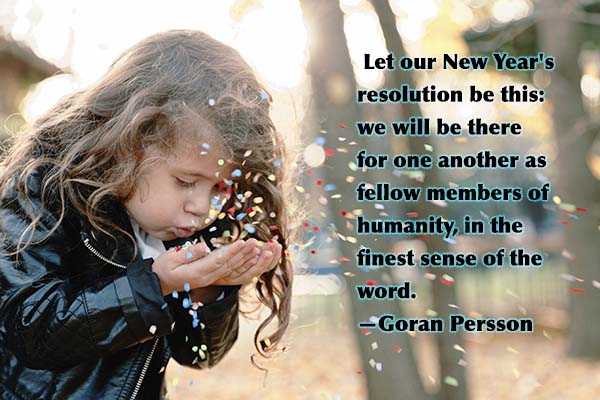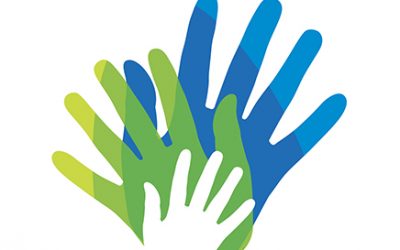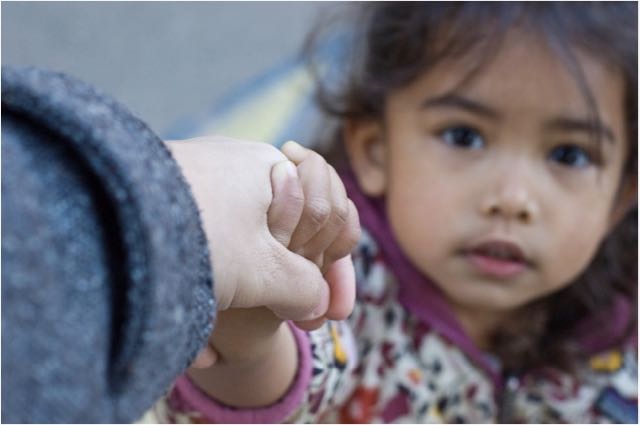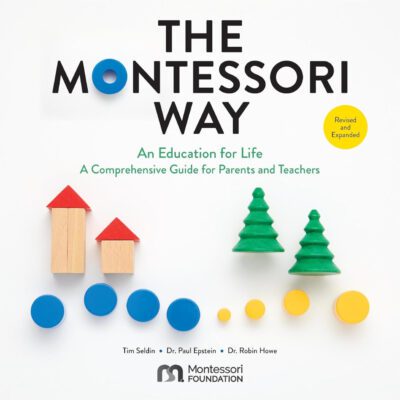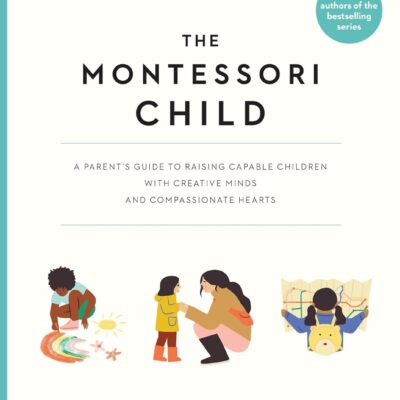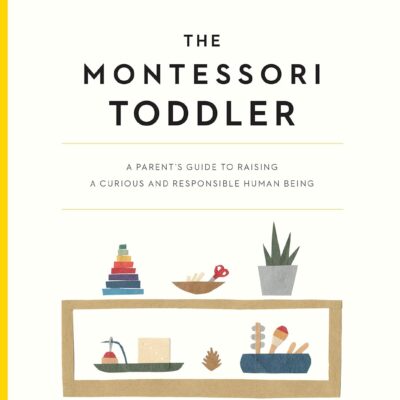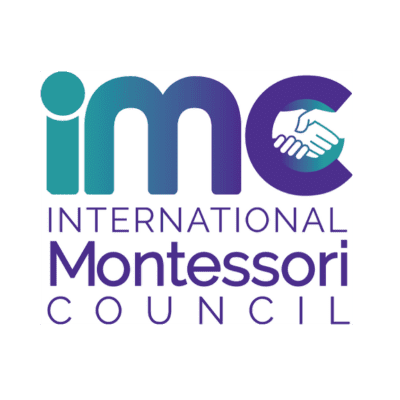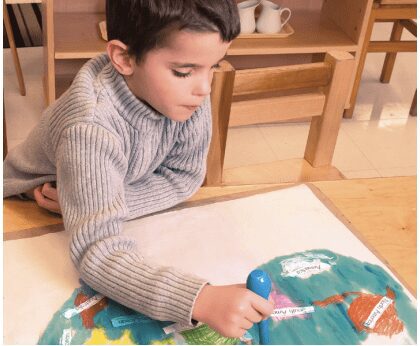
Our kids are the most important people in our lives. Many of us strive for our children to have better lives than we had, even when we’ve led wonderful lives. Therefore, making a choice different from the norm can be challenging. Though Montessori education has been around for over one hundred years, most people don’t have a direct experience with it. Even those who pursue college degrees in education often hear no more than a basic explanation of Maria Montessori’s contributions to the field. When making such an important decision for your child, it helps to equip yourself with knowledge.
In the 116 years since the first Montessori school opened its doors, only a few changes have been made to the materials and approach. That is because it is rooted in core principles of child development. Montessori is based on an understanding of the human brain and the incredible capabilities of children. While traditional education has its buzzwords and seems to change its mind about the best way to teach every ten years or so, Montessori programs have remained consistent and effective. Why is this?
Maria Montessori was a scientist and physician before she was a teacher. She applied her knowledge of observation and psychology to her work with children. While observing the children in her care, Montessori developed theories about how they learn. She designed materials the children could use independently. She created a curriculum that followed the child’s natural development.
One of Montessori’s core ideas is “follow the child.” Many people unfamiliar with this philosophy misinterpret this to mean “allow the child to do whatever they want.” They may imagine a classroom where the children run amok, doing anything they please and ignoring the more challenging learning in favor of having fun.
In reality, “follow the child” means that we recognize the child as a fully capable human being and respect their ability to construct themselves.
This idea is supported by another of the key concepts: “freedom with responsibility.” Essentially, we teach children what so many adults still struggle with: “How do I do what needs to be done in a way that works for me?”
From an early age, we work to instill an understanding of balance, expectations, and self. With these components, a child can decide between working in the math or language areas, what work will be most appropriate, and how to engage with it to support their growth.
One child might opt for work in the math area because they’ve recently had a lesson on adding with the Stamp Game and want to practice it. Another child might be determined to memorize a series of sight words, so they invite a friend to quiz them. A third child might be in the library with a stack of books about snakes beside them, devouring one after the other. This sometimes leads parents to ask, “What if my child only wants to read nothing else but books about snakes?”
First, it must be said that this is a delightful “problem” to have. It is here that Montessori guides prove their worth.
A guide is trained to observe, just as Maria Montessori did. We watch the children and note trends, moments of discovery, and behaviors that indicate what type of guidance a child needs from us. In the example of a child who only wants to read, we ask ourselves questions, such as:
• How focused are the children on this task? Are they genuinely reading or using a book to look busy?
• Are they inviting others to read or be read to, or are they reading alone?
• Have they recently had a lesson that they are applying or a breakthrough in understanding?
• Are they avoiding other responsibilities? If so, why?
After observing and questioning, the guide will act accordingly. This might mean connecting the child’s interest in reading to an area they need to work in, conferencing with the child to give a mini-lesson on time management, or redirecting a child “looking busy” to a task with which they will genuinely engage. It could also mean that the child is left to read, trusting that they will move on when they’ve gotten what they need from it.
When choosing between a Montessori school and a traditional school, there are several key differences to keep in mind.
In a traditional school, all of the children of the same age learn the same content at the same time. They follow a schedule, such as working on math at 10 am; language at 11 am; and science or social studies at 1 pm. They follow this work schedule regardless of the child’s interests, needs, or internal urge to focus at length to reach a new understanding.
Imagine for a moment what this would look like as an adult. Let’s say that you’ve noticed your kitchen needs some work. You’ve gotten inspired from HGTV, have all the tools and materials you need, and even have time to work on it. Now imagine that you can only work on the kitchen project for half an hour daily. You’re told you must pay equal attention to the bathroom, the bedroom, and the living room. However, your bathroom is pristine; your living room is satisfactory; and you have no new ideas for your bedroom. You wind up with a demolished kitchen that you can’t stop thinking about, twiddling your thumbs in the bathroom, and bored or frustrated in the other two rooms. This isn’t how the real world works. Why should it be so for our children?
Let’s continue playing out the scenario. In the real world, does everyone need to remodel their kitchen at the same time? Not at all.
Does everyone need to regularly maintain their kitchen by cleaning, organizing, and stocking it? Absolutely.
In a Montessori classroom, students are expected to maintain growth in every area, but they may have a strong, specific focus on a particular subject. This will change as they do — as they satisfy their interest, learn what they want to learn, and become intrigued by something new.
If you’re interested in working on your kitchen, but your bathroom is ruined, you’d shift your priorities to that area. Children usually need support to understand when and how to do this, and the Montessori guide recognizes when this is the case and gives the child tools to notice it for themselves and take steps to address it. With an observant Montessori guide, parents don’t need to worry that their child will fall behind in one area because of their passion for another.
As adults, when we take on a big project like remodeling the kitchen, we can benefit from working with others and observing others (usually on YouTube) doing what we want. The elementary child is in a prime developmental stage to socialize and learn to work cooperatively with others. In a traditional setting, the child may be assigned to work in small groups or with a partner, or they may not. The child rarely has a choice in the matter.
In a Montessori classroom, they decide who to work with or if they want to work alone. They can watch others do the work or join lessons on topics of interest. They also have the freedom to decide when to work on the project, for how long, and in which way. Their responsibility is to do it; their freedom is how.
In a traditional school, children are sorted according to their age and are kept with others of the same age. There needs to be more mixing between grades. In a Montessori school, children are in multi-age classrooms of the same developmental stage. Consider for a moment: are the others you work with all the same age as you? Are all of your friends your age? The answer likely is no. You have groups based on other commonalities, such as: interest, experience, or location.
The Montessori multi-age classroom replicates real-world experiences and also creates a sibling dynamic. Even if your child is the eldest in your family, they will still experience what it feels like to be the youngest and middle child. Each child will know the struggle of being the newcomer, the comfort of being in the middle, and the confidence and leadership of being the eldest. They learn how to receive help and how to give it.
This also reduces and often eliminates competition and the stigma of learning differences. In a multi-age classroom, everyone is working on what they need, and it is less evident to the other children when someone is struggling. This greatly benefits all children, particularly those with learning differences, anxiety, or low confidence.
In traditional schools, the focus is almost exclusively on academic achievement. Since the days of “No Child Left Behind,” public schools have been bound by the scores their students produce on standardized tests. Those scores affect the school’s budget, the teacher’s evaluation, and the district’s reputation. Naturally, it follows that the school becomes singularly focused on improving those scores. They aren’t set up to educate and support your child — your entire child.
Your children may learn a lot in a traditional school. They may achieve high grades and hit specific academic targets. In a Montessori school, however, they’ll hit academic targets and have a say in how they do it. They’ll learn to read and how to manage their workload. They’ll memorize math facts and learn the basics of cooking, cleaning, and tending the garden. Their brain will grow, and their hearts and souls will, too. Which would you rather have for your child?

